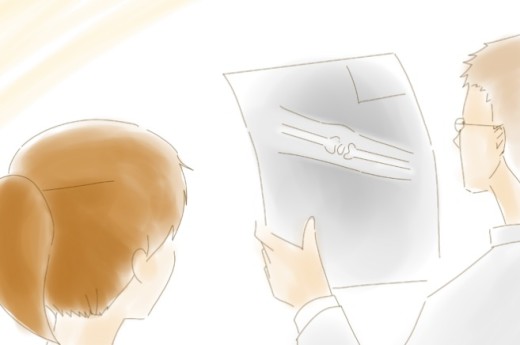
Physiotherapy
It is more common, however, that knee dislocations occur as a result of twisting or wrenching the knee, or falling on it awkwardly. Knee dislocation results in pain and swelling of the area, and may cause the individual to feel unstable in the subsequent weeks.
There are a number of things to consider when healing after a knee dislocation to ensure that the area heals correctly and that another dislocation will be avoided in the future. Here are a few steps on how to heal from a knee dislocation.
Steps
1. Return your knee to its original position after dislocation by slowly and gently straightening out your leg. Your kneecap should return to its position and your pain should be reduced.
2. See your doctor immediately after you have returned your knee to its place. Your doctor will probably want to take X-rays of your knee to make sure you have not also fractured the area or have any other problems. Fractures are rare when you experience a dislocation but they can occur. Follow the advice of your doctor for instructions on healing after a dislocation.
3. Rest your leg, elevate it and apply ice to the knee to help the swelling to decrease for the next few days after you initially dislocate the knee.
4. Wear a knee brace for 2 to 3 weeks after dislocating the knee, which will keep it stabilized. Try not to put too much stress or pressure on the knee during these first few weeks.
5. Attend physical therapy appointments after your recovery to regain strength and full range of motion in your knee. You will need to strengthen the body parts around the knee to avoid dislocating it again. Physical therapy may focus on strengthening your hips, core, quadriceps and hamstrings.
6. Take glucosamine supplements for joint health and to reduce the effects of arthritis that may be associated with knee dislocation.
7. Buy better, more supportive shoes, which may help to improve your gait while walking or running. Find shoes that are supportive that do not cause you to put too much pressure on your knees.
For similar articles, read Physiotherapy.